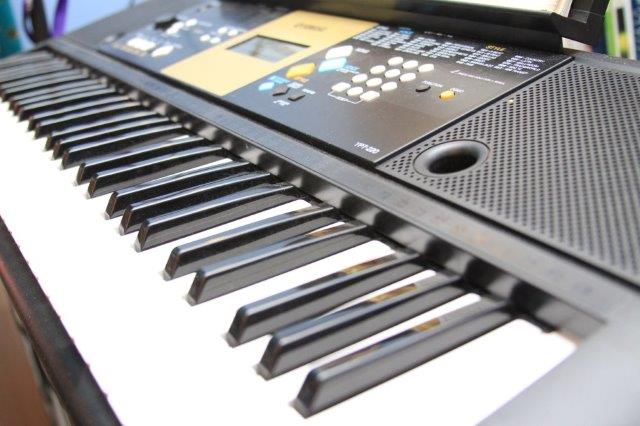The Accessible Music Project(s). |
These projects explore how open-source hardware & software technology can support engagement in music, whatever the ability (practitioner or student). Then test out these ideas in the real world. |
Wendy Magee (c 2014) considered the many barriers to the take up and continued use of music technology in a therapeutic environment was down to:-High Cost : High Learning Curves : Complexity : Portability : Complexities in setting up. These barriers can been broken down with the use of inexpensive "Open Source" microcontrollers, software and programming environments. The "rules" of music are embedded in the microcontroller. This in turn provides a switch on and go operation. with: Low cost, complexity and learning curves, plus short set-up times, portable and self contained. |
 |
A conventional keyboard requires extensive practice with good motor skills and cognition. So mainly inaccessible for the S.E.N.D. community. An example of an accessible device is up and running at the flick of a switch. Plug in generic switches to provide up to eight chords and four percussion sounds, using a range of MIDI instruments. |
 |
||||
| 15 notes with 4 fingers |
 |
 |
 |
 |
 |
The base stations have the potential to provide "data logging" to assist in evidencing objective outcomes, say in stroke re-hab. Helpful for funding. |